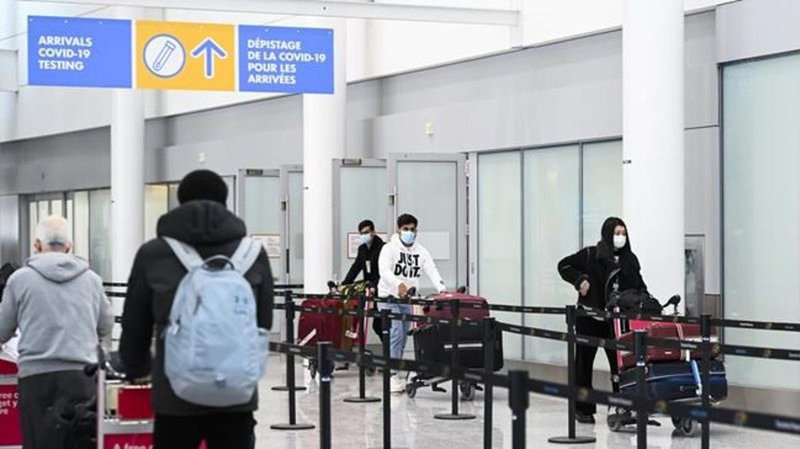
Vaccine screening at the airport and one-off inflation: In The News for Oct. 15
In The News is a roundup of stories from The Canadian Press designed to kickstart your day. Here is what’s on the radar of our editors for the morning of Oct. 15 …
What we are watching in Canada …
OTTWA — Airport security agents may soon be screening more than your luggage.
The federal government is mulling handing responsibility for verifying passengers’ vaccination status to airport officers, rather than airlines — which hope to skip the headache.


